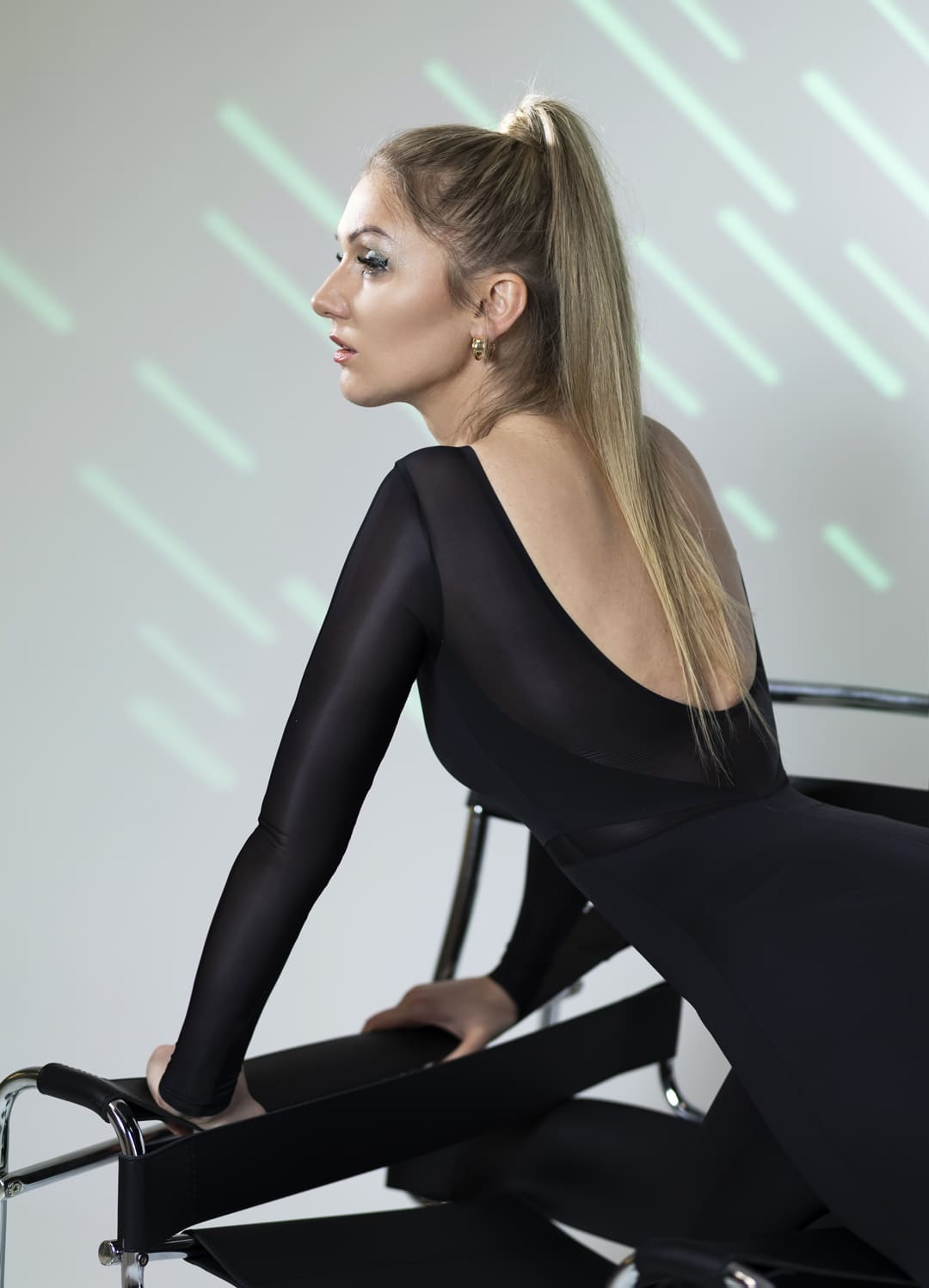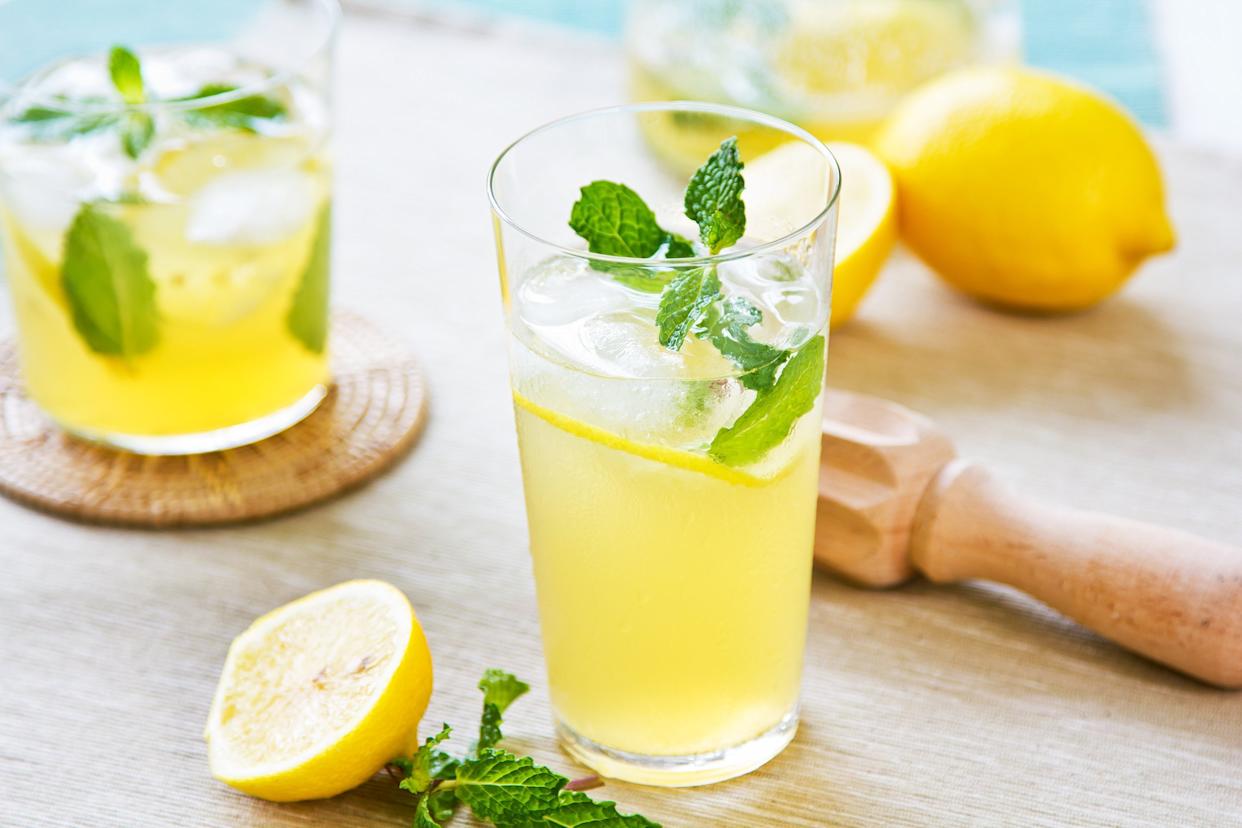There’s a dark side to matcha, Gen Z’s favourite drink
It tastes awful but it’s being glugged on every high street – health kick or fashion statement, the matcha revolution is here
The elegant, grassy flavour of powdered matcha green tea has crept out of refined Japanese restaurants and is now on every street corner, doused with syrup and served in a giant container. Matcha is taking the high street by storm – but why is Gen Z so obsessed with something that tastes so revolting?
The first time I tried the stuff was at my sister’s birthday at Nobu Park Lane, in the late 90s, where they made the most perfect chocolate fondant served with a lurid, bitter, deeply umami matcha green tea ice cream. At the time I was chugging wheatgrass shots daily at the newly opened and very exciting Fresh and Wild in Camden, so I figured if it tasted green and grassy it was probably good for me.
And good for you it is. Matcha, a powdered, concentrated form of green tea with a unique growing and processing method, is loaded with catechins (especially EGCG), which are like little bodyguards against oxidative stress and inflammation. The caffeine hit is real, but it’s slow-release thanks to L-theanine, so you get focus and calm alertness rather than the coffee jitters.
It’s also been shown in some studies to give you a metabolism boost – with one suggesting it can gently increase calorie burn and fat oxidation. The L-theanine and caffeine combo can also boost concentration, memory, and mood. And to top it off, it’s nutrient dense: because you’re consuming the whole powdered leaf, you get more chlorophyll, fibre, vitamins (A, C, K) and minerals than regular green tea.
I got used to it, and if I wasn’t drinking alcohol in a Japanese restaurant, I’d ask for a hot cup of matcha, but it wasn’t until I moved to Korea in 2013 that I began to see its other side when I learned about ceremonial matcha. I stayed with some monks while filming a TV show and they did a tea meditation. Unlike coffee, the combination of L-theanine and caffeine induces sharp focus and is used to aid meditation.
Walking around the cool food spots in Seoul, like Ikseondong and Insadong, I started seeing it in pastries: matcha millefeuille crêpes, whipped ice creams, cookies and doughnuts. I saw matcha hotdog buns and even Starbucks got in on the act with vivid green matcha lattes.
Then, when I opened Mare Street Market in Hackney seven years ago, I noticed a small local East London Matcha powder brand had launched: it was about to go mainstream over here. Now, matcha brands are exploding all over the high street. It’s a strong flavour – in fact a really bitter flavour – so why are all the kids spending £6 a day to wear – whoops, I mean drink – a matcha with their new kicks?
My niece is 18 and she tells me her friends love Blank Street for its Daydream matcha, so that’s where I start my investigation. There’s a queue just for matcha and rumour has it they sell 1,000 a day from each site – priced at £3.90, this is good business. I ask her what it is exactly that she and her friends are interested in.
“I guess it started from the LA influencers – the kind who go to the super health food shop and home of the Hailey Bieber Smoothie, Erewhon – plus models like Iris Law, who travel a lot to Japan, and do you know the influencer Ami Charlize?” she explains. “Matcha probably is a fashion statement and, yes, it has probably become totally performative”.
My gym is at Canary Wharf and on a stomp through the shopping centre, I stumble across a massive queue and – hurrah! – it’s for a matcha latte brand. This time it’s for Heytea, a high-end Chinese brand with a small menu consisting of matcha, boba and fruit teas.
The brand is famous for its milk foams, notably a recent cream cheese froth. I try the blue coconut cloud matcha, made with blue pea flower tea and blue spirulina, which blends into a beautiful ombre of different blues. It’s like a coconut milkshake, with that classic matcha grassy edge. Does it look cool – yes! Does it taste nice: I’m not convinced.
The next day after the gym, I spot another matcha latte brand, called YUMTEA. This one is red with strawberry syrup, then white from cow’s milk and topped with matcha and foam. It tastes really good. An intense strawberry milkshake with an “adult” edge, as opposed to a bitter one.
But there’s a dark side to this light and fluffy trend. Underneath the neon-green surface an industry is being warped by our obsession. Tea farming was once slow, seasonal and respectful of the land. Now, to meet the spike in demand, vast monoculture plantations in China and Japan are sucking up water, battering soil health and leaning hard on chemical fertilisers. The irony? This drink, sold to us as a kind of liquid purity, is increasingly underpinned by farming practices that look a lot like the industrial agriculture we’re supposedly trying to escape.
And then there’s the carbon cost. Countless tins and sachets are wrapped, boxed and shipped across the globe so that someone in Shoreditch or Silver Lake can snap their morning cup for Instagram. In Japan, centuries-old traditions of shade-growing tea are being stripped back and industrialised to fuel the craze, eroding the cultural fabric along with the environment. What started as a mindful ritual is being swallowed whole by late-capitalist wellness culture, and unless we start asking where our tea comes from, this supposedly “sustainable” sip becomes hollow.
Some brands, such as Jenki, do place sustainability at the core of their business. Since 2019 they’ve sourced from the same farm in Uji, Kyoto. Co-founder Claudia Boyer travels there regularly – she tells me every visit is a reminder of the patience and care it takes to grow matcha well and how important it is to protect that craft as global demand rises.
The next day I try my first Blank Street Daydream matcha. They give me oat milk by mistake, and I loathe it. Next, I drink my first Jenki matchas, one enriched with medicinal mushrooms and the other with collagen.
I like the Turkish Delight feel of the rose collagen one, but the chocolate shroom needs to grow on me. The next day I grab another from Plant-based Hackney eateries, Third Culture. The place is more mature and I get a very elegant pandan syrup matcha. It’s OK. I’m having fun, even if I’m not sure I’m actually enjoying the drinks.
The hype beast behind matcha drinks is very convincing. I just hope the industry can respect the demand on farming. A matcha a day may keep the diseases at bay, but it isn’t a habit I think I am going to be adding to my long list of overpriced hobbies for the sake of social currency and a bitter taste in my mouth.
Share this article:












